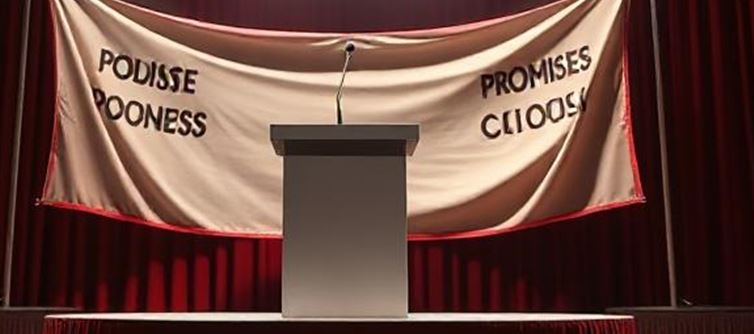
Indian politics thrives on spectacle, and roadshows are perhaps the most visible form of it. prime minister Narendra Modi’s lavish ahmedabad roadshow and rahul Gandhi’s flashy bullet ride with his followers might dominate headlines, but the question remains: do these events truly serve the people, or are they just grand shows of power and presence?
Critics argue that roadshows, while visually impressive, achieve little beyond optics. Modi’s ahmedabad roadshow, for instance, was a meticulously choreographed event. Streets were decorated, security tightened, and large crowds mobilized. Yet, many wonder whether the time, money, and manpower poured into such an event could not be better spent addressing inflation, joblessness, or farmer distress. While Modi linked his roadshow to projects worth ₹5,400 crore, the average citizen rarely experiences the immediate benefits of such announcements. For many, it feels like an extravagant parade rather than meaningful governance.
Rahul Gandhi’s bullet bike roadshow, though different in form, faces similar criticism. Riding a motorcycle with followers might attract youth and project him as “one among the people,” but does it address the deep-rooted concerns of unemployment, education, and inequality? Critics dismiss it as mere theatrics designed to capture social media attention rather than deliver substantive solutions.
The underlying problem with roadshows is their disproportionate focus on image-building. They consume vast resources, from security arrangements to mobilizing supporters, while delivering little in terms of policy dialogue. For the ordinary citizen struggling with rising costs, these spectacles can appear tone-deaf and self-indulgent.
Furthermore, roadshows risk reducing democracy to a popularity contest. Instead of engaging citizens in meaningful debates about healthcare, education, and the economy, they distract attention with visuals of leaders waving, smiling, or riding bikes. politics becomes less about governance and more about performance.
Of course, defenders argue that such events foster emotional connections between leaders and citizens. But in a nation where elections decide the future of 1.4 billion people, should emotional optics outweigh hard policy commitments? Critics insist that leaders ought to prioritize town halls, debates, and transparent policy discussions over mega roadshows.
Both Modi and rahul are guilty of this spectacle-driven politics, albeit in different ways. Modi’s roadshows emphasize grandeur and scale, reinforcing his image as a larger-than-life leader. Rahul’s emphasize spontaneity and style, positioning him as youthful and relatable. Yet, at their core, both approaches remain forms of showmanship.
Ultimately, roadshows highlight a troubling reality: indian politics often prioritizes visibility over substance. While the crowds cheer and cameras flash, the real issues remain unsolved. Until roadshows translate into tangible benefits for the common people, they will remain what critics call them—wasteful spectacles, more show-off than service.




 click and follow Indiaherald WhatsApp channel
click and follow Indiaherald WhatsApp channel